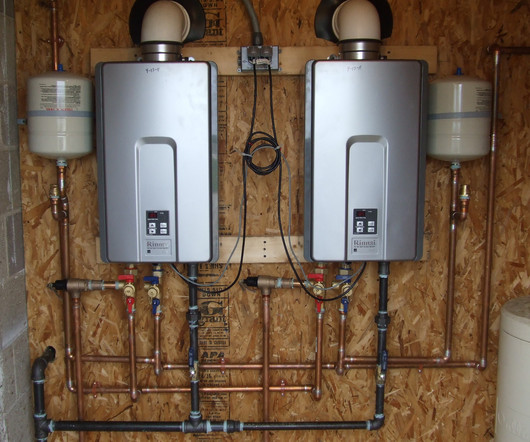State Air Regulations Can Go Above and Beyond National Standards
Legal Planet
AUGUST 22, 2023
States and local air quality regulators have the legal authority to set particulate matter (PM), ozone, and nitrogen oxides (NOx) emissions standards and adopt regulations for these pollutants when they are already in attainment of the national ambient air quality standards ( NAAQS ) set by the U.S.

















Let's personalize your content